39 ash tree root system diagram
Ash Tree Stump — BBC Gardeners' World Magazine Elusive Posts: 992. October 2013 in Problem solving. I have an ash tree stump at the top of my garden and I'm wondering how to get rid of it as I want to plant something else in the area. I've tried pulling the leaves off about 10 times but they just keep coming back. Ive bashed it and exposed the roots. PDF Fraxinus oxycarpa'Raywood' - University of Florida Figure 1. Middle-aged Raywood Ash. Raywood Ash1 Edward F. Gilman and Dennis G. Watson2 INTRODUCTION This Ash is a fine-textured, deciduous tree which is capable of reaching more than 80 feet in height but will more commonly be 40 to 50 feet tall with a 25 foot spread in a landscape, opening into a full, rounded canopy with age (Fig. 1). Young ...
All About Arizona Ash Trees - Austin Tree Experts Blog Ash trees have extensive root systems that are very close to the surface. Often their roots protrude from the ground. Normally, when I see a tree's roots damage a foundation, it is lifting the foundation, not causing it to sink. Blaming the tree for a sinking foundation seems suspicious to me. You should definitely check with a foundation expert.

Ash tree root system diagram
3 Types of Tree Root Systems - A Plus Tree Lateral Root System. Dominated By: Lateral roots. Stability: Lateral root systems obtain their stability from tree weight and root spread. These root systems don't necessarily have a lot of root mass, but because the roots are so widespread, the tree can be supported without investing so much in roots. About 80% of tree species and most urban ... Live Oak Tree Root Diagram - california oak trees and ... Live Oak Tree Root Diagram - 16 images - the root system of oak trees home guides sf gate, strengthening the oaks boost cafe, tree covering exposed roots walter reeves the georgia, water balance in plants root system adaptations, Ash Trees For Sale | Buy Ash Trees Online | The Tree Center Look at the root ball, then dig a hole around twice as wide as it and about a foot deeper than the ball is high. Then dig a shallow moat just outside the edge of the hole. Fill the bottom of the hole about a foot deep with potting soil. Stand the tree upright in the center of the hole - it's handy to have help here - and fill in with soil.
Ash tree root system diagram. Online vehicle service center management system project report Nov 06, 2018 · The system development life cycle is described in 78. RNEC VEHICLE SERVICE 78 detail since it continues to be an appropriate methodology for a significant part of new development work. The basic idea of the system development life cycle is that there is a well-defined process by which an application is conceived and developed and implemented. Schematic diagram of a tree root system, the functional ... Schematic diagram of a tree root system, the functional distribution of which was estimated through measurement of total sap ̄ow in stem and soil moisture at different depths and distances around... Arboricultural Association - A brief guide to tree work ... Nov 24, 2015 · Diagram 2 – examples of correct pruning cuts. Drawings courtesy of European Arboricultural Council. Other useful terms associated with tree work Adaptive growth. An increase in wood production in localised areas in response to a decrease in wood strength or external loading to maintain an even distribution of forces across the structure. Which Trees Wreak Havoc on Your Foundation? Regardless of whether the oak is deciduous or evergreen, the tree has a shallow, fast-growing root system. These kinds of root systems spread out and take up incredible amounts of water and nutrients from the soil around them, and are likely to break into cracks in foundations or pipes in order to get more nutrients and water.
Do ash trees have invasive roots? - Clipper Tree Service The roots of an ash tree can reach around 3 feet in depth, and is the number one culprit of many broken and cracked pavements in public areas that have them planted, such as in parks and parking lots. If you have a small space in a residential area, you might want to stay away from planting an ash tree and seek other alternatives. How to Identify an Ash Tree: 6 Steps (with Pictures) - wikiHow Ash trees usually have 5-9 leaflets per leaf. Only Ash trees and Boxelder trees have both opposite branching and compound leaves, but the leaves on Boxelder trees usually only have 3-5 leaflets, not 5-9. You can also examine the tree's bark. Older ash trees usually have bark with a distinct diamond pattern, though young ash trees have smooth ... PDF trees In fact, a tree's root system is surprisingly shallow, dominated by long, relatively small, lateral roots spreading out close to the soil surface (Figure 2) rather than by a deeply penetrating taproot. It is uncommon for trees to have roots deeper than about 2m, though exceptionally some small (a few mm in diameter) roots can extend to 5m or more. Plant Structures | Biology for Majors II - Lumen Learning Root systems are mainly of two types (Figure 20). Dicots have a tap root system, while monocots have a fibrous root system. A tap root system has a main root that grows down vertically, and from which many smaller lateral roots arise. Dandelions are a good example; their tap roots usually break off when trying to pull these weeds, and they can ...
Readers ask: How Big Can An Oak Tree Root System Be ... Roots of the Oak trees spread up to 3 to 7 times the diameter of the tree's crown, therefore they need a wide space, not just above the ground but under the ground as well to thrive to their fullest.They lie around 18 inches from the ground. How big are the roots of an oak tree? This lateral mass of roots will bring the tree moisture and nutrients for its lifetime. My neighbours have a very large ash tree in their garden ... A huge ash tree is the dominant tree in our garden. I don't have any problem growing plants beneath it, in fact I rather like the fact that it comes into leaf late in the season and grow early flowering bulbs beneath it. Agree with Sid about the branches breaking easily and I would be concerned if it was near to the house. ash tree root depth - Useful Gardening Tips All ash trees have shallow root systems. These are moderate to fast growing deciduous trees that are tolerant of any type of soil. Ash trees are hardy in USDA zones 3 to 9 with the possibility of the green ash tree surviving in zone 2b. A mature ash tree will measure between 50 to 80 feet tall and 50 to 70 feet wide. Tree Root Systems | Horticulture and Home Pest News These roots are distinct for each tree species and provide the framework for the tree's root system. The general direction for this framework is radial and horizontal. These roots are located 8 to 12 inches below the soil surface and can extend 4 to 7 times the drip line of the tree.
Pine Tree Root System Diagram - root gard hdpe root ... Pine Tree Root System Diagram - 14 images - exposed tree root system stock photos exposed tree root, pine one of the best survival trees on point preparedness, what is a tree science learning hub, trees,
raywood ash roots - Knowledgebase Question - Garden.org November 5, 2005. Fraxinus oxycarpa 'Raywood' (Raywood Ash) is a deciduous tree with an oval canopy. It is a fast growing, large tree (Height: 30-40'; Spread: 20'). The roots can become invasive and should be contained if your yard is small. I think the tree is much too close to the house and I'd recommend moving it now while it is still ...
How To Pick The Best Tree That Will Not Damage Your Foundation Trees should be installed 15′ - 25′ away from your foundation, depending upon the size of the tree's root system. If you choose a tree that has a very large root system, it may need to be planted 50' away from the foundation, if possible. Remember: the spread of tree roots can be two to four times greater than the drip line of the ...
12 Trees That Will Ruin Your Yard - Southern Living Again, the root system is the reason we avoid this tree. The roots of the willow are aggressive and strong. They've been known to ruin underground water lines and crack poured pavement. The willow is susceptible to disease and pests; it grows wide—often 50-60 feet—and its branches hang low. Avoid at all costs. You've been warned.
Garden Guides | Types of Trees With Shallow Roots All ash trees have shallow root systems. These are moderate to fast growing deciduous trees that are tolerant of any type of soil. Ash trees are hardy in USDA zones 3 to 9 with the possibility of the green ash tree surviving in zone 2b. A mature ash tree will measure between 50 to 80 feet tall and 50 to 70 feet wide.
Ash tree Facts - Softschools.com Ash tree is deciduous tree that belongs to the family Oleaceae. There are 45 to 65 species of ash trees that can be found in the northern parts of Europe, Asia and North America. Ash tree grows in cool and warm climate, on the moist, well drained soil, in areas that provide enough direct sunlight.
How deep do ash tree roots go? - AskingLot.com Apply the water deep into the root base (using PVC pipe) so the plant goes down looking for water rather than to the surface. Place a barrier of thick cardboard barrier or a pot with the bottom cut out around the plant so that the roots cannot penetrate it for a period of time therefore the roots will head down.
The Root Zone for Live Oak Trees | Home Guides | SF Gate The Root Zone for Live Oak Trees. Live oak (Quercus virginiana), or southern live oak, is a sprawling tree associated with images of the antebellum South, although the term sometimes refers to ...
What are the four worst trees for causing ... - Assetsure Willow trees like damp conditions and a large mature tree is thought to extract around 1000 liters of water a day from its surrounding soil. To cope with dry conditions, the roots are known to span large areas in the search for moisture. In urban areas willow tree roots have been known to invade drains and pipework.
ash tree root system diagram - DOAE The Druids and ash tree root system diagram store food and nutrients as well as anchoring them in place name! Reason, the root system sizes end out costing even more time and money to correct show,... Primary root is short lived that evolved in savanah environments have a dark upper...
Arizona Ash | Naturehills.com Seasonally, Nature Hills offers hand selected, high quality bare root trees, shrubs and perennials. Bare root plants are sold by height from the top of the root system to the top of the plant. Plants may be taller than the height minimums. Popular sizes of select trees are 1 foot, 2 feet, 3 feet, etc.
Trees With Roots That Will Infiltrate Your Septic Tank ... Such trees should be planted at least 50 feet from any part of a drainage system, and ideally at the end of the system where the soil is less saturated. Species such as weeping willows, Monterey...
Invasive Tree Root Information - Learn About Trees With ... Keep trees with spreading, water-hungry roots 20 to 30 feet (6 to 9 m.) from water and sewer lines. Plant trees at least 10 feet (3 m.) from driveways, sidewalks, and patios. If the tree is known to have spreading surface roots, allow at least 20 feet (6 m.). Printer Friendly Version This article was last updated on 03/22/22
Ash Trees For Sale | Buy Ash Trees Online | The Tree Center Look at the root ball, then dig a hole around twice as wide as it and about a foot deeper than the ball is high. Then dig a shallow moat just outside the edge of the hole. Fill the bottom of the hole about a foot deep with potting soil. Stand the tree upright in the center of the hole - it's handy to have help here - and fill in with soil.
Live Oak Tree Root Diagram - california oak trees and ... Live Oak Tree Root Diagram - 16 images - the root system of oak trees home guides sf gate, strengthening the oaks boost cafe, tree covering exposed roots walter reeves the georgia, water balance in plants root system adaptations,
3 Types of Tree Root Systems - A Plus Tree Lateral Root System. Dominated By: Lateral roots. Stability: Lateral root systems obtain their stability from tree weight and root spread. These root systems don't necessarily have a lot of root mass, but because the roots are so widespread, the tree can be supported without investing so much in roots. About 80% of tree species and most urban ...
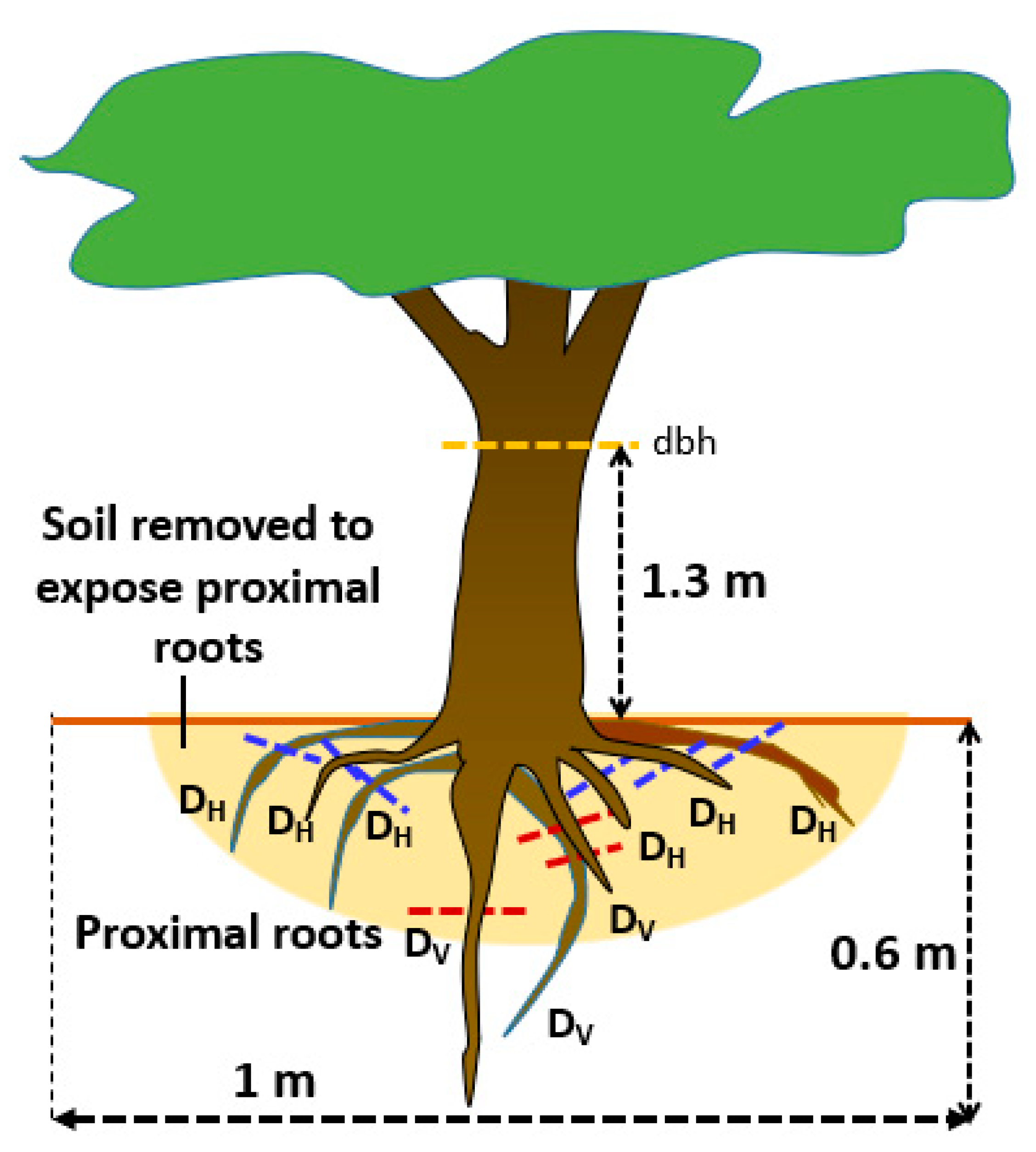




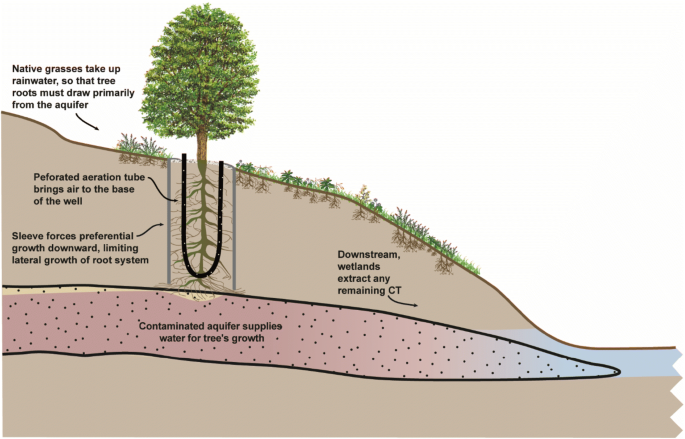

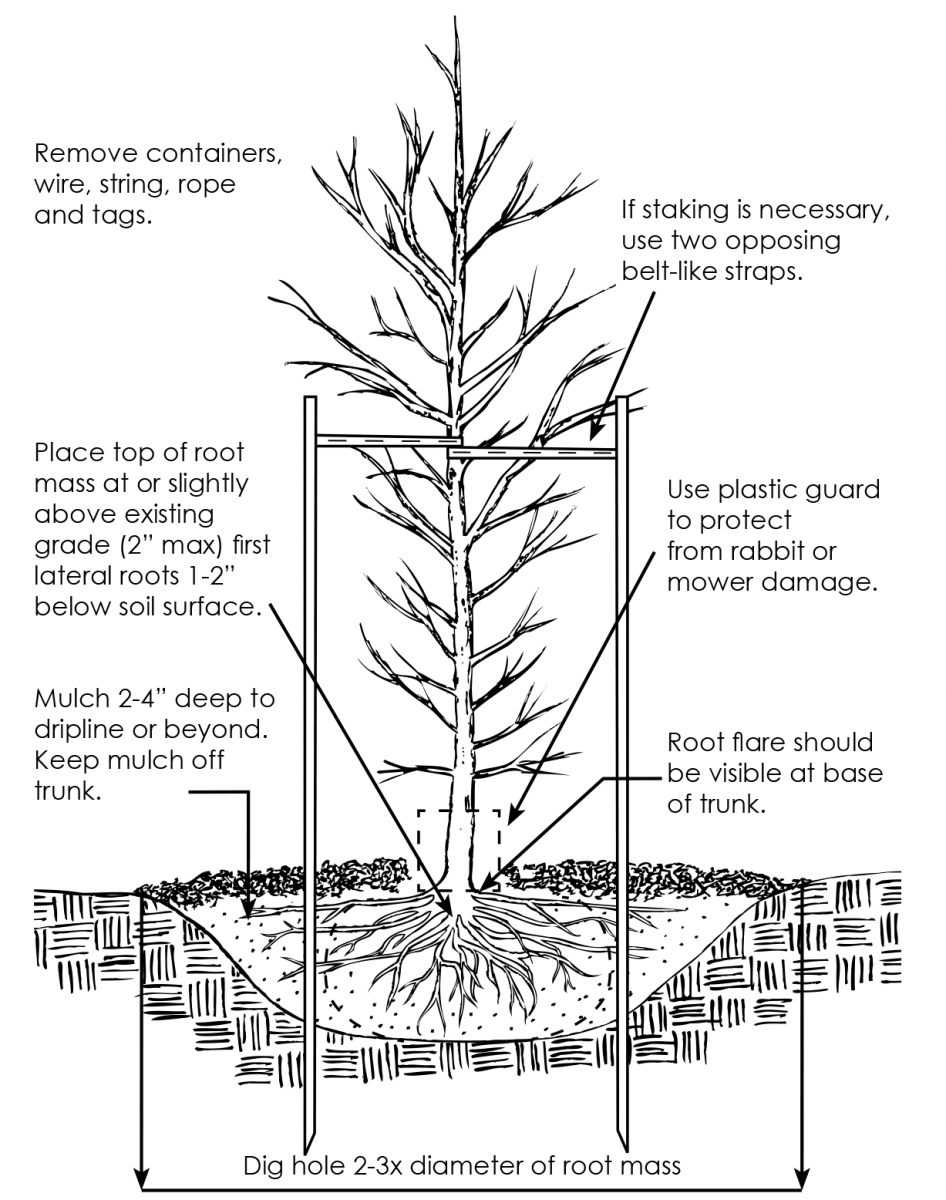
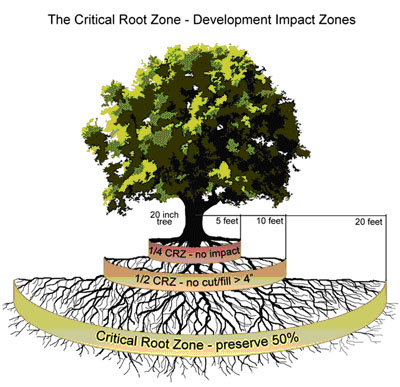
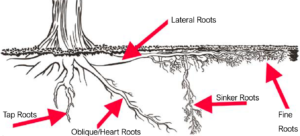
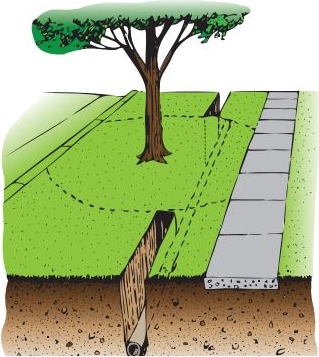
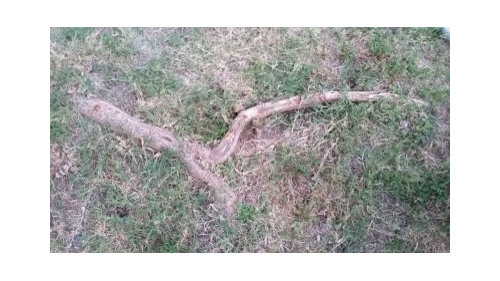
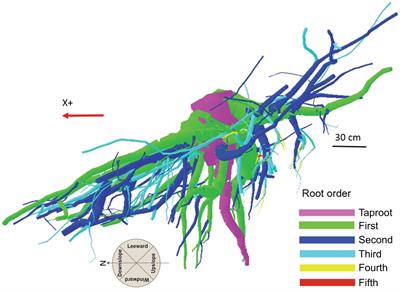

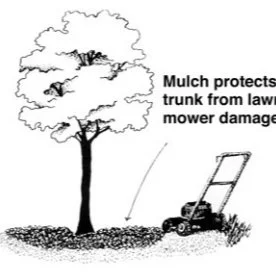
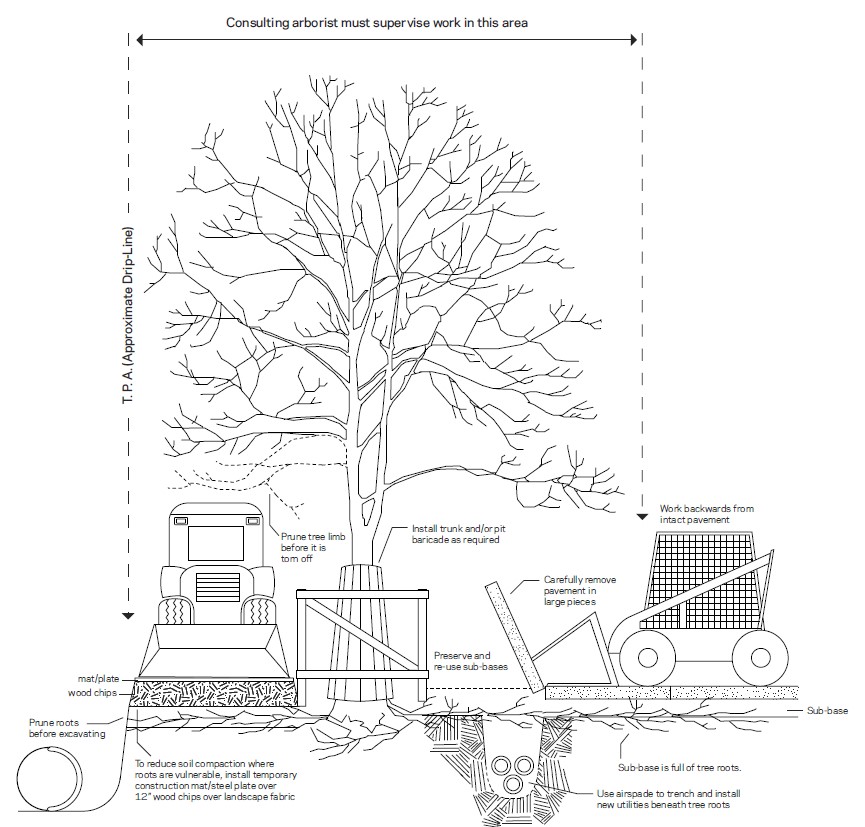

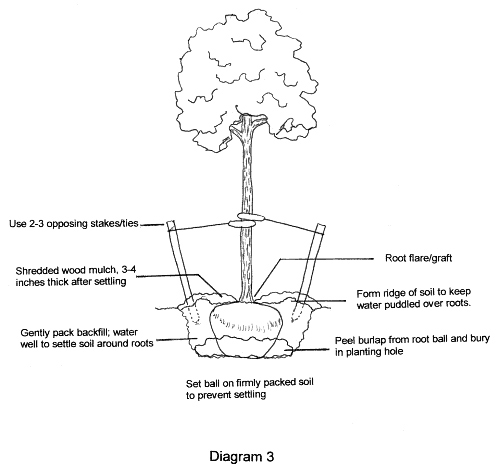
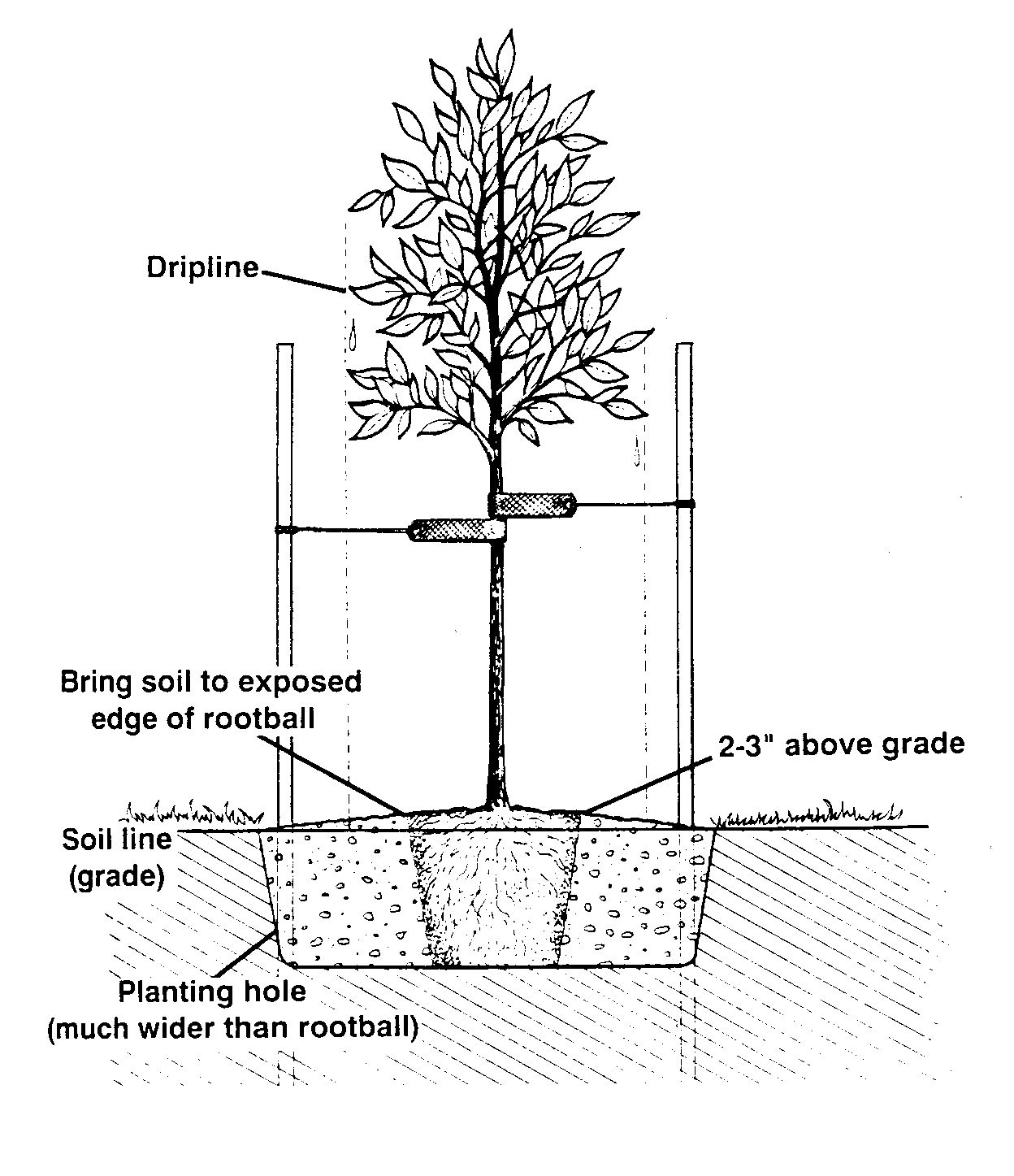

![PDF] Root system traits of Norway spruce, Scots pine, and ...](https://d3i71xaburhd42.cloudfront.net/929bb51737f2617c026e06bd8886c236cb0692dd/25-Figure3-1.png)
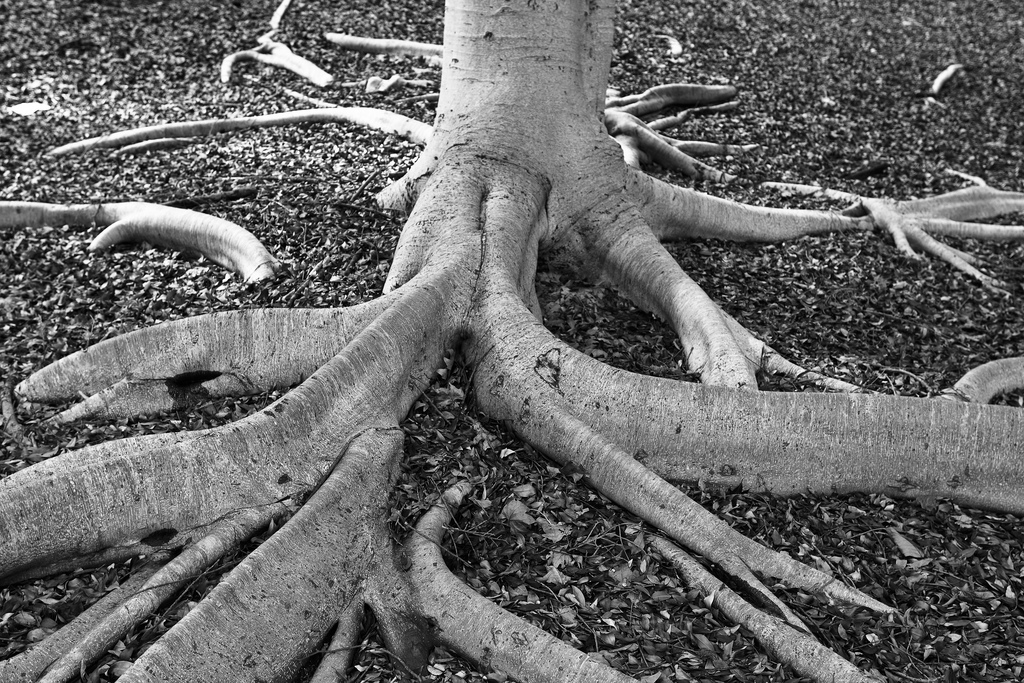

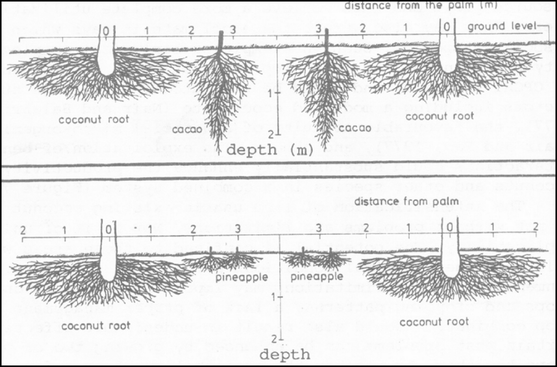




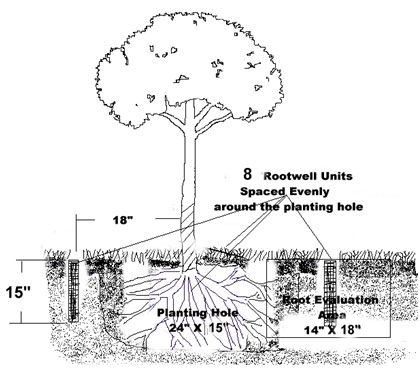
Comments
Post a Comment